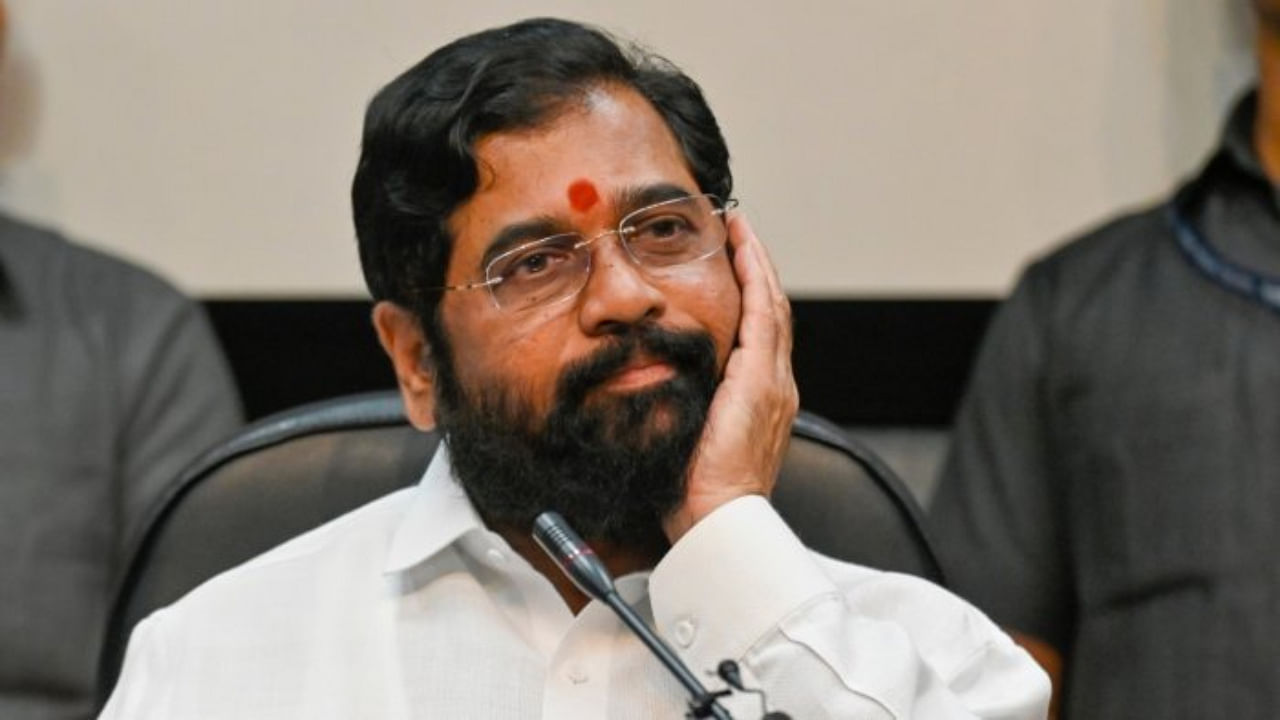
Maharashtra CM Eknath Shinde.
Credit: PTI Photo
Mumbai: The realignment in the Maharashtra politics over the last five years has made the seat-sharing complex between two diametrically-opposite coalitions which have been fighting against each other for quarter of a century.
Maharashtra, which is spread across five vast geographical regions, comprisis 36 districts and has 48 Lok Sabha and 288 Vidhan Sabha seats; Konkan, Western Maharashtra, North Maharashtra, Marathwada and Vidarbha.
The 48 Parliamentary seats in Maharashtra is next only to 80 of Uttar Pradesh.
In Maharashtra, the Lok Sabha polls have thrown up interesting and surprising results.
Once a Congress bastion, the western Indian state has become a sort of stronghold of the BJP-led NDA.
The political realignment had taken place over the last 25-30 years starting from the early nineties.
After the 2019 Vidhan Sabha polls veteran politician Sharad Pawar, the then NCP supremo, involved Uddhav Thackeray, then Shiv Sena President, and with the Congress stitched with MVA, a marquee anti-BJP formation.
Thackeray, the son of late Shiv Sena supremo Balasaheb Thackeray , headed the government, which assumed office on 28 November, 2019.
In June-July, 2022, the Thackeray-headed MVA was toppled by Shiv Sena’s Eknath Shinde who became the Chief Minister with BJP’s Devendra Fadnavis becoming the Deputy Chief Minister.
In June-July, 2023, the Sharad Pawar-led NCP was split and his nephew Ajit Pawar became the Deputy Chief Minister for the record fifth time after resigning as Leader of the Opposition and joining the NDA.
Incidentally, both, Shinde and Ajit Pawar, had successfully claimed the Shiv Sena and NCP and the traditional iconic symbols bow and arrow and clock, respectively.
Now, Sharad Pawar and his daughter Supriya Sule’s party is known as NCP (Sharadchandra Pawar), while Thackeray’s outfit is known as Shiv Sena (Uddhav Balasaheb Thackeray).
After the split, in Shiv Sena, the ruling Shinde-group commands a strength of 13 MPs while the Shiv Sena (UBT) five.
On the other hand, the Sharad Pawar-Supriya Sule-led parent group commands a strength of three while Ajit Pawar one.
The formulae of 2014 and 2019 general elections would not be applicable this time because of the splits in the 57-year-old Shiv Sena and 25-year-old NCP.
In 2014, the BJP contested 24 seats and won 23 while Shiv Sena contested 20 seats and won 18, while the Congress contested 22 seats and won two while the NCP contested 21 seats and got 4.
In 2019, the BJP contested 25 seats and bagged 23 while Shiv Sena contested 23 and got 18, the Congress contested 25 seats and won one seat while the NCP contested 19 seats and won four.
The realignment started in 1995 when the Shiv Sena-BJP came to power in the state, which was followed by the 1996 Lok Sabha polls in which the Congress lost power - in Maharashtra, the grand old party was confined to 15 seats, while the Shiv Sena and BJP won 15 and 18 seats, respectively.
In 1998, Congress bounced back and got 33 seats while the Shiv Sena got six and BJP four.
In 1999, the biggest change was the expulsion of Pawar by the Congress for raising the issue of foreign origin of Sonia Gandhi leading to formation of NCP.
In 1999, the Lok Sabha and Vidhan Sabha polls were held together - while Atal Bihari Vajpayee became the Prime Minister for the third term, in Maharashtra, the BJP-Shiv Sena lost power. However, the Congress and NCP came together to form Democratic Front, which ruled the state for 15 years till 2014.
Simultaneously, the Congress-led UPA government headed by Dr Manmohan Singh came to power from 2004-14 at the Centre after which Narendra Modi assumed office with a depleted strength of the Congress.
“Maharashtra has 48 seats. Earlier there were two main parties on both sides, the BJP-Shiv Sena saffron alliance and the Congress-NCP Democratic Front. However, now there are three parties on both sides - Maha Yuti and Maha Vikas Aghadi making seat-sharing a far more complex task,” a senior political analyst said.